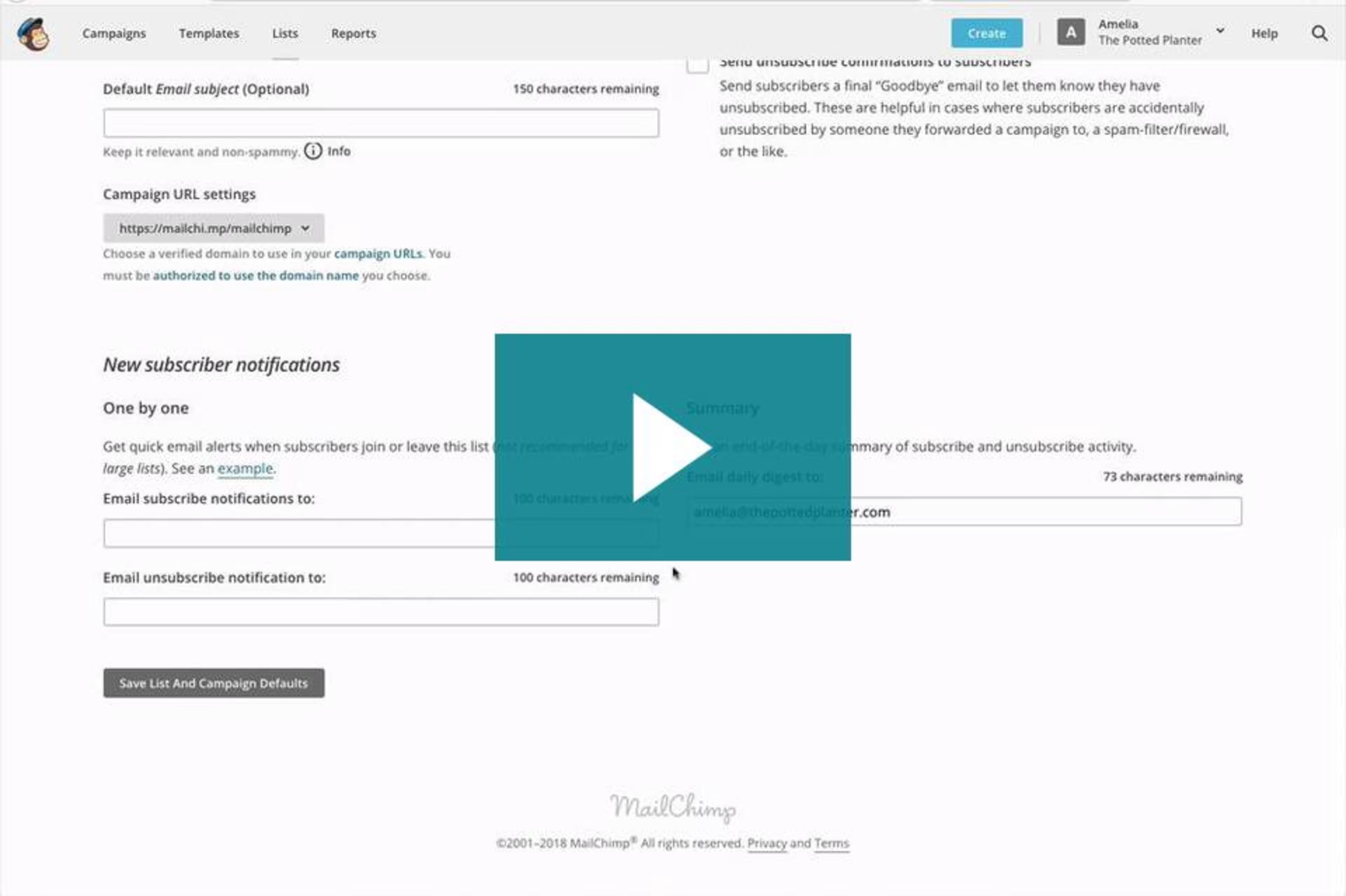When a potential customer gives you permission to communicate with them, you can’t afford to take the opportunity for granted.

A great way to quickly alienate a potential customer is to email them marketing messaging that they didn’t consent to and don’t want to receive. Depending on how you go about sending the email, it could also cost you more than $40,000 in FTC penalties.
It’s extra work, but gaining and maintaining permission from your recipients for your email marketing campaigns is a crucial step that will make your efforts more effective and help develop long-term, loyal customers.
According to Gartner (full report available to clients), email marketing open rates were up 5% year-over-year in Q2 of 2020, and email marketing traffic increased by 9% in the same period, even in the face of COVID-19. On top of that, people prefer to hear from brands via email rather than, say, social media or mobile push notifications. According to HubSpot, 73% of millennials prefer communications from businesses to come via email.
Now that we know why it’s effective, let’s look at the ins and outs of permission-based email marketing, then go over some best practices for how to do it right.
What is permission-based email marketing?
Permission-based email marketing is email marketing that is contingent on requesting and maintaining consent from the recipients.
There are several variations on permission-based email marketing, including express and implied, as well as non-permission-based email marketing.
Express permission-based marketing: The recipient specifically consents to receiving marketing emails from you.
Implied permission-based marketing: The recipient gives you their email address, but doesn’t specifically consent to receive marketing emails.
Non-permission-based marketing: You send marketing emails to a list of addresses you received second hand.
Whenever possible, express permission-based marketing is the way to go, because your recipients have already welcomed and are expecting your communication. Non-permission-based marketing should be avoided, because even if your recipient does open the email, they’ll likely see it as spam, immediately delete it, and have negative feelings toward your company.
Think about your own email inbox. How do you feel when you get a marketing email from one of your favorite brands or organizations? And how do you feel when you get a marketing email from a brand you haven’t heard of and didn’t sign up for?
If you’re anything like me, you feel good about getting emails from brands that you have a relationship with, and annoyed (or worse) by marketing emails and spam emails that you didn’t ask for.
Of course, permission-based email marketing done wrong can lead to alienating even loyal customers, so let’s look at some best practices for how to avoid this, along with ways that email marketing software can help.
Permission-based email marketing best practices

1. Maintain permission actively and passively
When a customer opts in to receive your marketing emails, typically on your website or after you’ve emailed them a receipt and asked if they want to join your mailing list, it’s not a lifetime commitment on their part. You need to give them a path to opt out at any point, both on your website and in the body of the emails themselves (as required by law).
And this option should be clear, not hidden away in tiny, light text or gated behind three different page clicks. Maybe the recipient is changing email addresses, or is just trying to get their inbox under control, and they’ll be back as a subscriber. But if you annoy them enough with a frustrating unsubscribe process, you can scare them off for good.
How email marketing software can help: Managing subscription status and preferences is one of the most basic features in the audience dashboard or tab of your email marketing software. You can even get notifications every time someone subscribes to or unsubscribes from your emails, as shown here in this short video from MailChimp:

Changing subscribe and unsubscribe notifications in MailChimp (Source)
2. Exercise restraint with your outreach frequency
Just because a customer agrees to get emails from you doesn’t mean that they want to hear from you multiple times a day and get hammered over the head constantly with advertising copy.
A good starting point is about once a week, and you can tweak that frequency over time using the email marketing segmentation feature of your email marketing software. This allows you to break up your overall list of subscribers into smaller groups, for example, those who want to receive daily emails from you, and those who might only want to hear from you twice a month.

Segmenting by frequency in Klaviyo email marketing software (Source)
You should ask for these preferences when a customer first subscribes, and also allow them to change their frequency at any time through the “Unsubscribe” link that you’re legally required to include in all of your email marketing correspondence. This way, if someone wants to unsubscribe you can give them the option to lessen the frequency of emails they receive from you instead, and you might save a subscriber.
You should also be consistent with your frequency. According to a Gartner report, “Retail brands that drastically increased their email campaigns, doubling the volume from the second quarter of 2019 to the second quarter of 2020, lost 2% total email traffic on desktop quarter over quarter.”
How email marketing software can help: Anti-spam compliance may sound intimidating, but fortunately any good email marketing platform will include features and reminders to help users stay CAN SPAM compliant (CAN SPAM is the 2003 law that regulates commercial email). For example, Constant Contact monitors all new addresses that its users add for red flags, automatically authenticates all outgoing mail, and constantly audits all the accounts in its network for fraudulent activity.
3. Apply the 70/30 rule to your email content mix
It’s great to have customers that want to hear about your new products and promotions, but you need to mix in other helpful or entertaining content to avoid causing sales fatigue. A good rule of thumb to aim for is 70% content that is informative and useful to a wide audience, and 30% promoting your brand and products.
Consider that 78% of the top 10% of emails by open rate in April of 2020 were informative (for example, COVID-19 updates), while 60% in the bottom 10% by open rate were related to sales, according to a Gartner report (full report available to clients).
Here are some ideas for other type of content to include in your marketing campaigns from time to time:
Product tutorial videos showing how to get the most out of one of your products.
Giveaways of free products or partner’s products
Industry news roundups
How email marketing software can help: As a marketer, you probably don’t have time to create a complete campaign of quality, non-marketing content. But there are content curation tools that can help you pull engaging, relevant content from around the internet and share it with your readers. HubSpot has curated this list of 13 content curation tools you can use to jumpstart your email content mix.
Browse top email marketing software
From compliance management to list segmentation, permission-based email marketing can leave marketers with a lot to keep track of. But as you’ve seen in the takeaways above, email marketing software can help carry a lot of that load.
Read our buyers guide to get an overview of what email marketing software does, how it can help your business, the most popular features, typical costs, and recent trends and considerations.
Then you can check out our Top 20 Email Marketing Software report to browse 20 of the best tools available, based on verified user reviews.

Top 20 Email Marketing Software (Source)